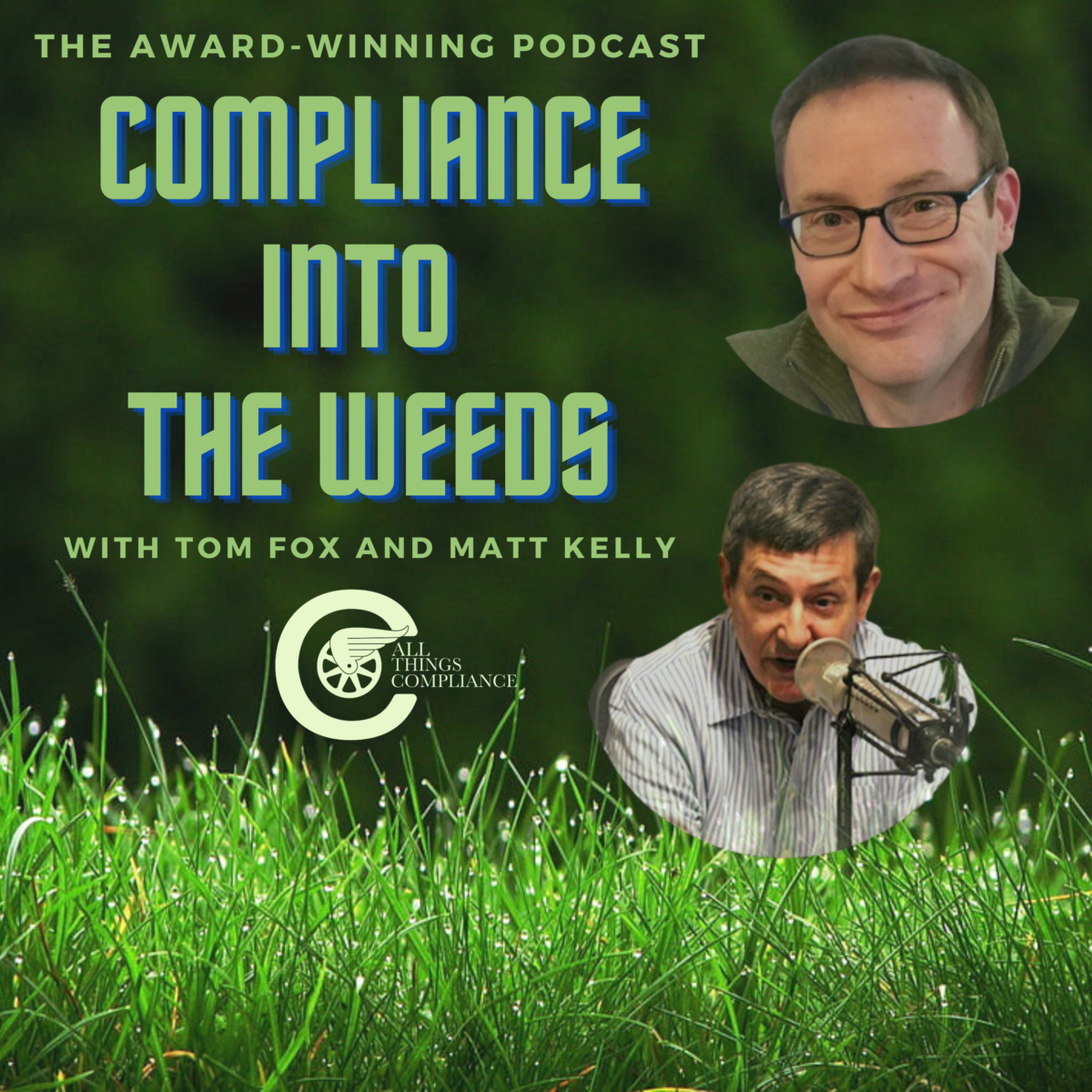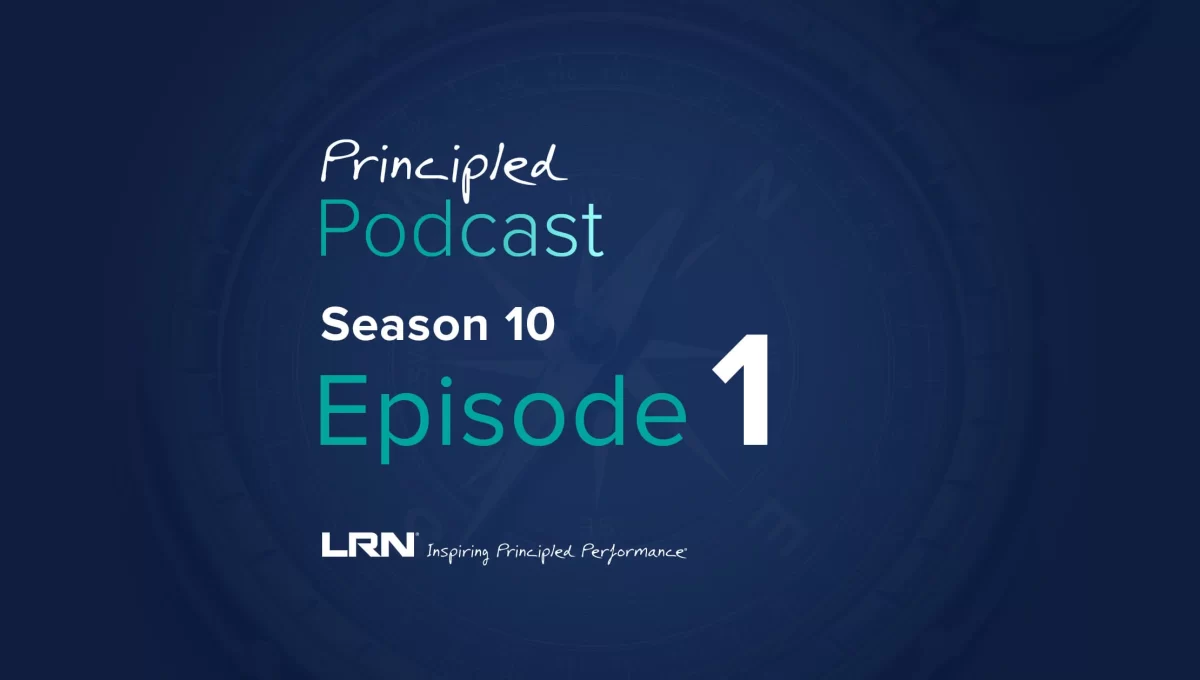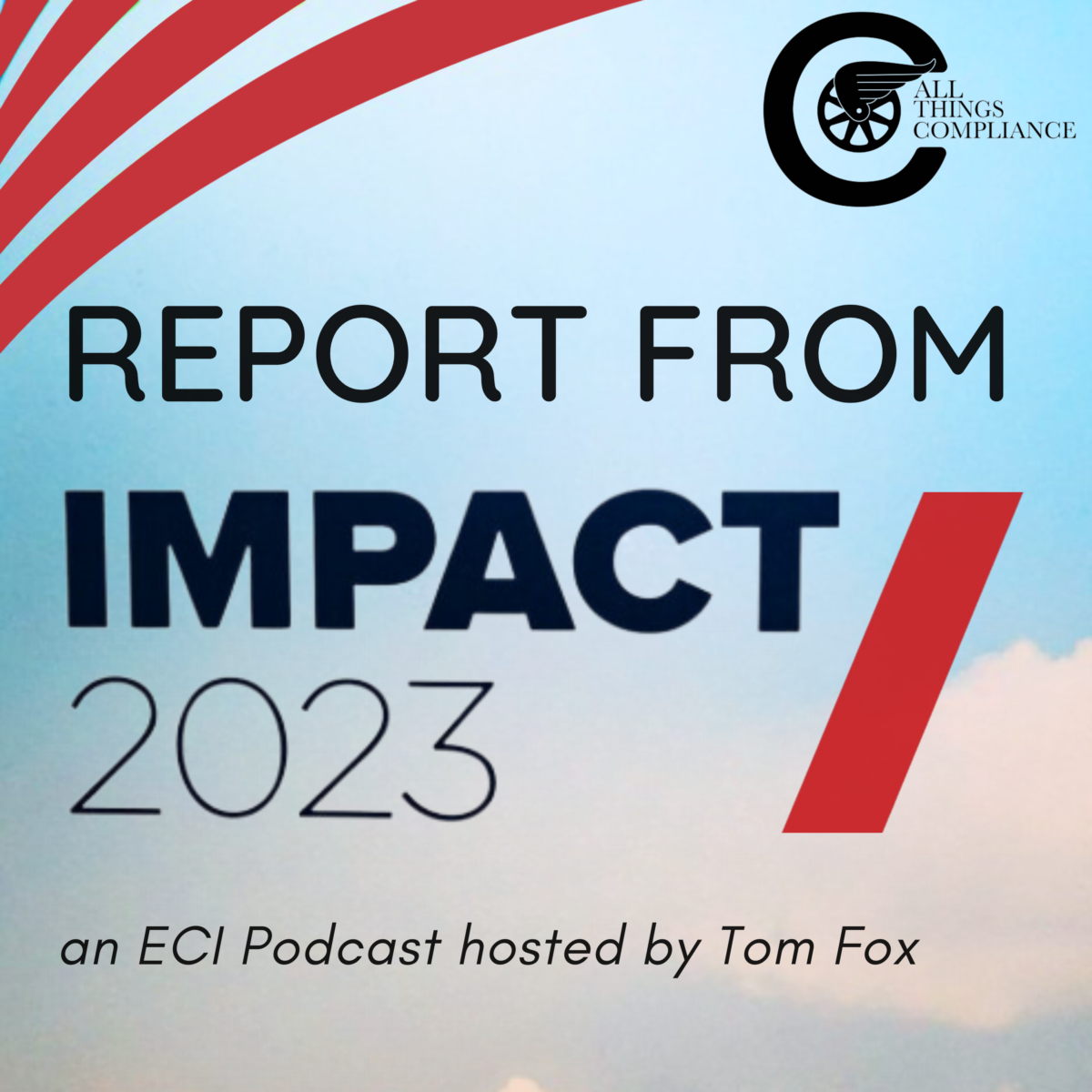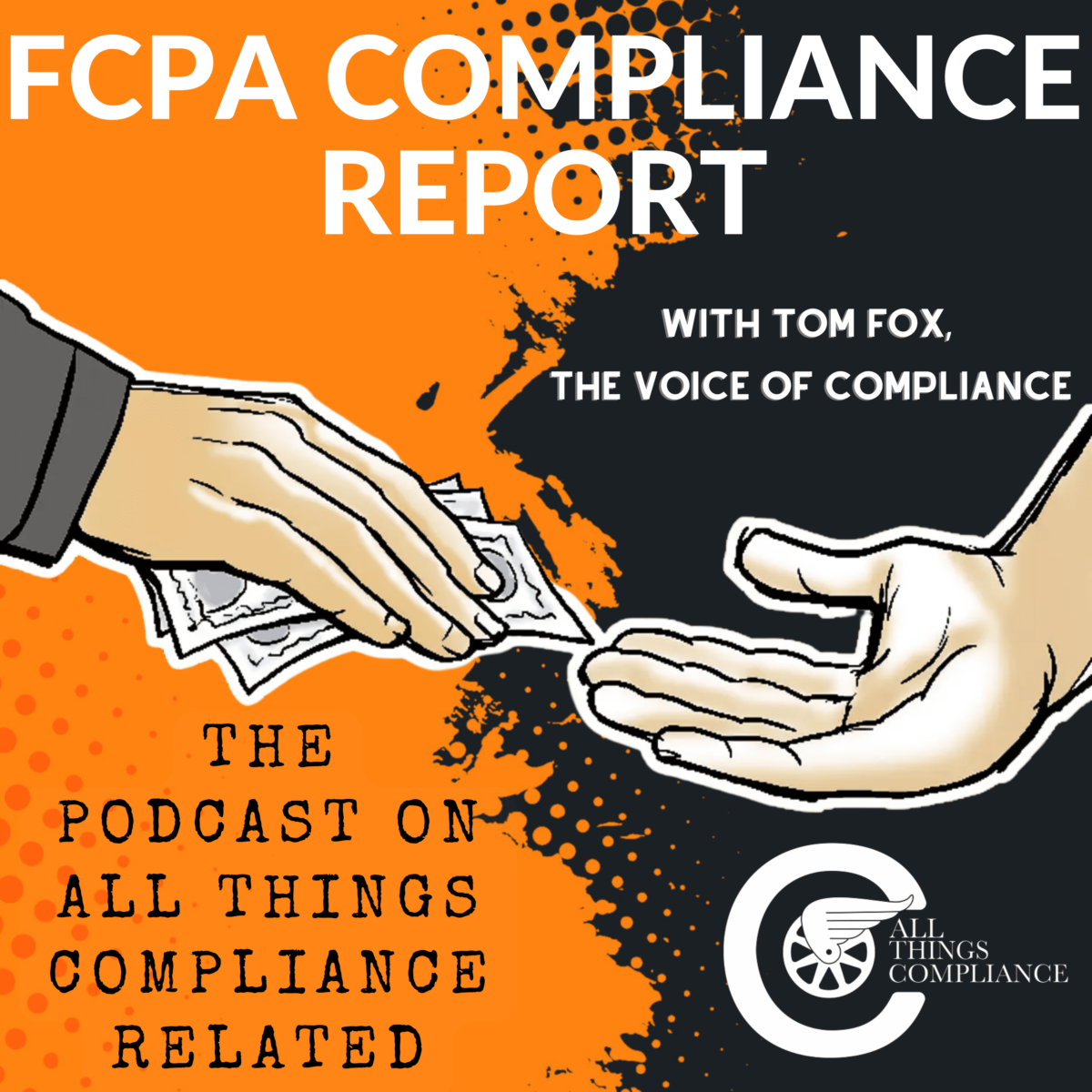What you’ll learn on this podcast episode
The US Department of Justice Criminal Division has been increasingly vocal about what makes organizations’ ethics and compliance programs effective. This input on program effectiveness takes the form of guidance to prosecutors about what questions to ask when companies negotiate to resolve DOJ investigations into corporate wrongdoing on favorable terms. What does this guidance on program effectiveness mean in practice for E&C professionals? In the season 10 premiere of LRN’s Principled Podcast, host Susan Divers speaks with John Michelich, who retired last November after 35 years as a federal prosecutor with the Department of Justice’s Criminal Division. Listen in as they explore how the DOJ evaluates E&C programs, as well as best practices for companies settling misconduct investigations.
Guest: John Michelich

John Michelich is a retired career prosecutor, who has served at the state, federal, and international levels for 45 years. A native of Illinois, John received his undergraduate education at Illinois Wesleyan University and then attended Drake University Law School in Des Moines, Iowa. For 10 years, John served as Assistant State’s Attorney and First Assistant State’s Attorney in Springfield, Illinois, where he prosecuted all types of state criminal felony violations including armed robbery, aggravated sexual assault and capital murder.
In 1988, John moved to Washington, DC where he began his 35-year career as a prosecutor with the US Department of Justice, Criminal Division. As a federal prosecutor, John has handled a wide variety of cases including child pornography and obscenity, narcotics distribution and all types of white-collar criminal cases. John served for 30 years as a prosecutor with the Fraud Section of the Criminal Division where he handled numerous cases including health care fraud, bank fraud, telemarketing fraud, commodities and securities fraud and violations of the Foreign Corrupt Practices Act. Because Washington DOJ lawyers are traveling prosecutors, John has handled grand jury proceedings or jury trials in more than two dozen federal districts nationwide from Guam and Hawaii to Puerto Rico, and California to New York. Over his long career, John has tried dozens of jury trials to verdict.
In 1998, the Justice Department sent John on loan to the United Nations’ International Criminal Tribunal for the Former Yugoslavia, also known as the War Crimes Tribunal, in the Hague, Netherlands, where he handled investigations and Tribunal proceedings involving crimes against humanity and serious breaches of the Geneva Convention that occurred during the Yugoslavian civil war.
For over 40 years, John has been an active instructor of Trial Advocacy and has appeared regularly on the faculty of the NITA Trial Practice course offered at Georgetown University Law Center. In addition, John has served as an Adjunct Professor at Georgetown, teaching Trial Practice courses to third-year law students. In his retirement, John is available as a legal consultant to trial lawyers to advise them in preparation for jury trials and to consult with corporate counsel concerning internal investigations and to advise them on how to approach the government when there are allegations of wrongdoing, especially foreign bribery.
John is licensed to practice in the states of Illinois and Iowa, and several federal courts, and is a licensed Solicitor of the Senior Courts of England and Wales.
Host: Susan Divers

Susan Divers is a senior advisor with LRN Corporation. In that capacity, Ms. Divers brings her 30+ years’ accomplishments and experience in the ethics and compliance area to LRN partners and colleagues. This expertise includes building state-of-the-art compliance programs infused with values, designing user-friendly means of engaging and informing employees, fostering an embedded culture of compliance and substantial subject matter expertise in anti-corruption, export controls, sanctions, and other key areas of compliance.
Prior to joining LRN, Mrs. Divers served as AECOM’s Assistant General for Global Ethics & Compliance and Chief Ethics & Compliance Officer. Under her leadership, AECOM’s ethics and compliance program garnered six external awards in recognition of its effectiveness and Mrs. Divers’ thought leadership in the ethics field. In 2011, Mrs. Divers received the AECOM CEO Award of Excellence, which recognized her work in advancing the company’s ethics and compliance program.
Mrs. Divers’ background includes more than thirty years’ experience practicing law in these areas. Before joining AECOM, she worked at SAIC and Lockheed Martin in the international compliance area. Prior to that, she was a partner with the DC office of Sonnenschein, Nath & Rosenthal. She also spent four years in London and is qualified as a Solicitor to the High Court of England and Wales, practicing in the international arena with the law firms of Theodore Goddard & Co. and Herbert Smith & Co. She also served as an attorney in the Office of the Legal Advisor at the Department of State and was a member of the U.S. delegation to the UN working on the first anti-corruption multilateral treaty initiative.
Mrs. Divers is a member of the DC Bar and a graduate of Trinity College, Washington D.C. and of the National Law Center of George Washington University. In 2011, 2012, 2013 and 2014 Ethisphere Magazine listed her as one the “Attorneys Who Matter” in the ethics & compliance area. She is a member of the Advisory Boards of the Rutgers University Center for Ethical Behavior and served as a member of the Board of Directors for the Institute for Practical Training from 2005-2008.
She resides in Northern Virginia and is a frequent speaker, writer and commentator on ethics and compliance topics. Mrs. Divers’ most recent publication is “Balancing Best Practices and Reality in Compliance,” published by Compliance Week in February 2015. In her spare time, she mentors veteran and university students and enjoys outdoor activities.











